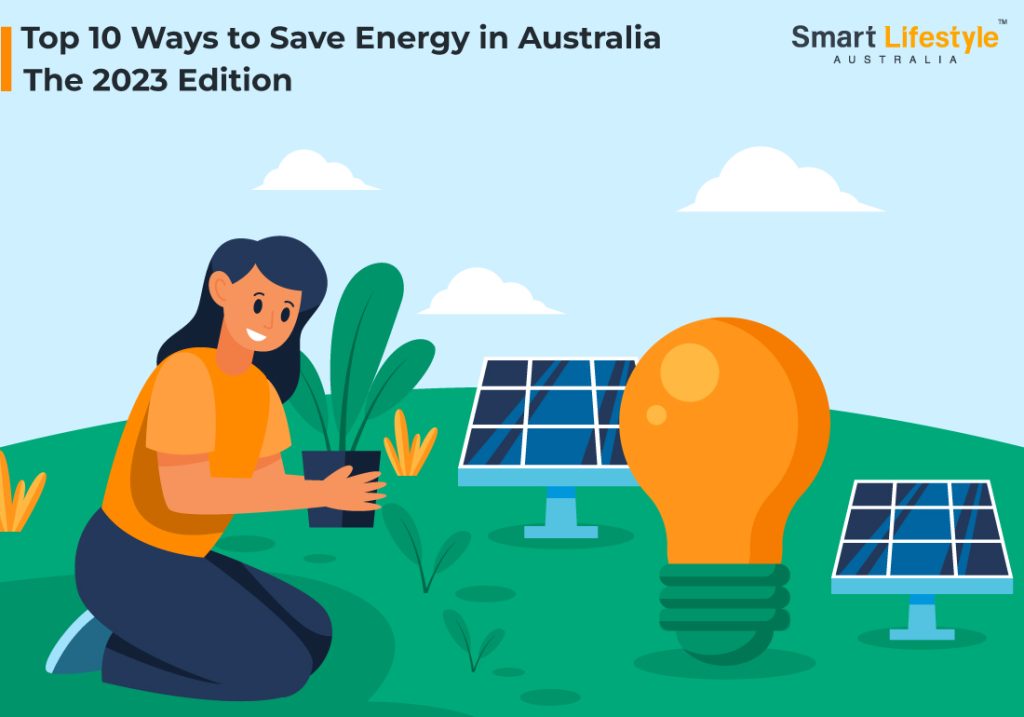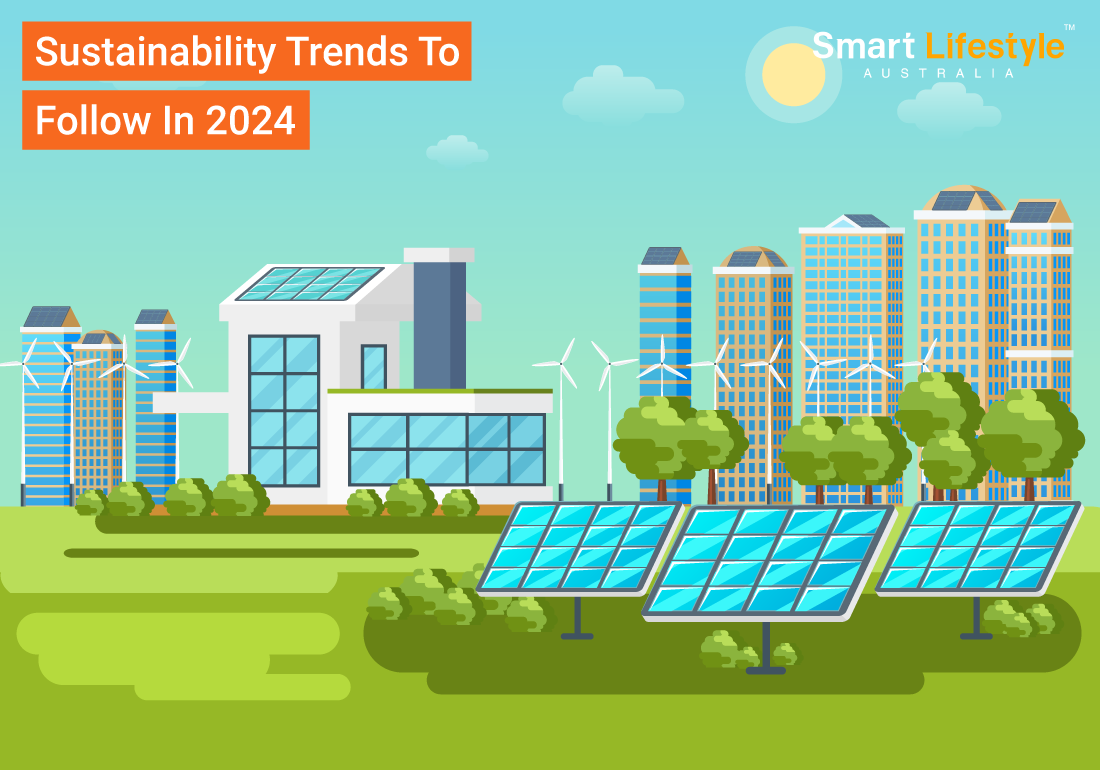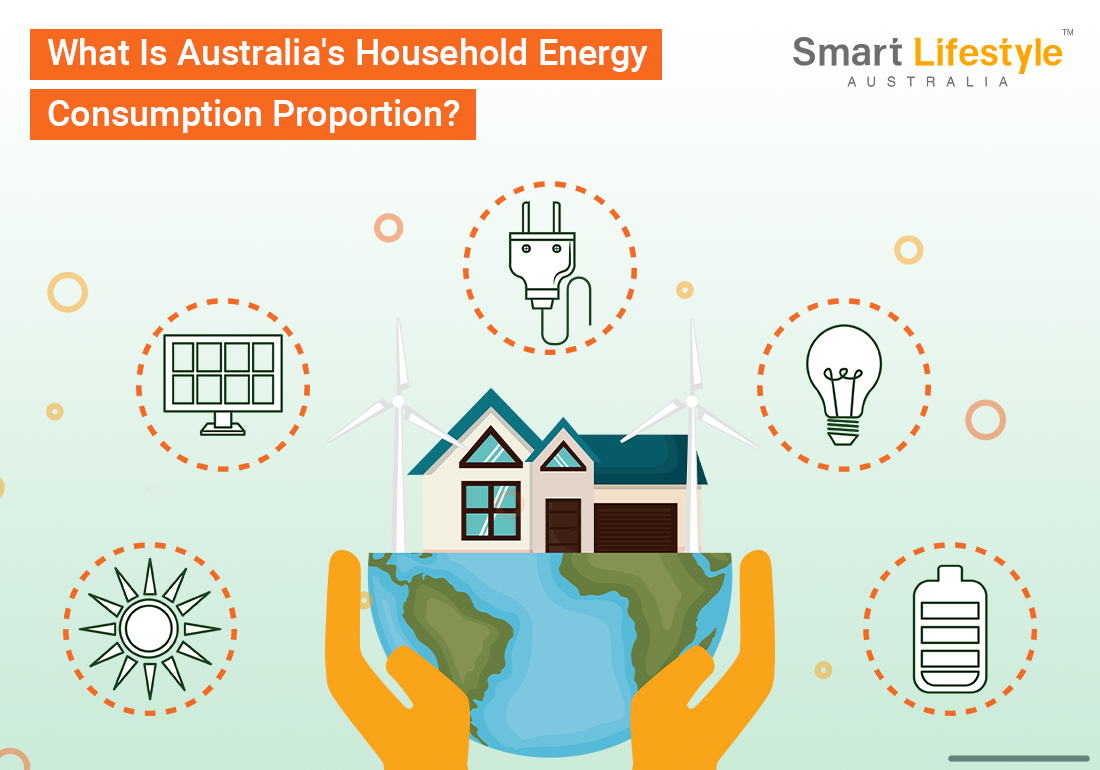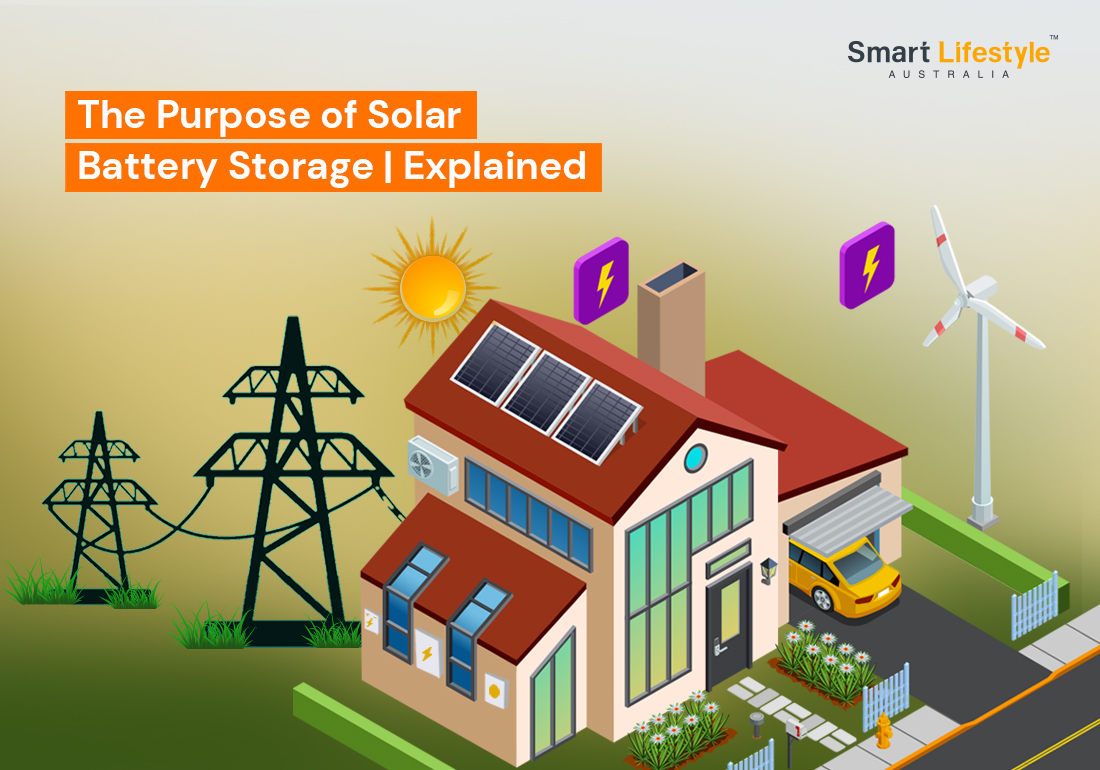An average Australian household spends about $1450 to $2200 on electricity bills each year. That is a huge number, and prices are not coming down anytime soon; in fact, energy prices are skyrocketing with each passing day. At times like this, we have to come up with perceivable and creative ways to save as much energy as we can. In that context, in this article, we are going to discuss the top 10 ways to save energy in Australia.
Let’s dive into these energy saving tips, which are approved by the top energy professionals. Take a look –
1. Replace Power Hungry Units with Energy Efficient Ones
Did you know that your hot water electricity cost may make up around 30% of your whole quarterly energy bill just by taking 7-minute-long showers and doing other small tasks throughout the day? That is how much it costs to maintain an electric hot water system. Yet, there are now several energy-efficient techniques to provide hot water constantly, so it doesn’t necessarily have to be expensive. For instance, a hot water heat pump may enable you to make significant financial savings.
Replacing your power-hungry electric heat pump with a much more efficient hot water heat pump that uses advanced technology to give you all year around hot water supply is a much better approach to saving electricity.
Wondering if the replacement will cost you a lot of money? You can rest easy because the replacement cost of an electric heat pump with an energy-efficient hot water heat pump is almost ZERO! Thanks to all the government rebates available throughout several states. For those who live in Victoria can swap out the system absolutely free of cost, and those living in NSW will have to pay just $99.
If you are looking for product recommendations, check out Smart Lifestyle Australia. SLA manufactures top-of-the-class heat pumps that consume about 75% less energy than a conventional heat pump. Comes with 5 years of warranty on the compressor, cylinder and the entire unit all in all. Click this link to get in touch with an energy expert today.
2. Use Your Thermostat Smartly
How you control and conceal heat in your house plays a huge role in energy conservation. Lowering the temperature of your thermostat by even 1% saves about 7% of heating energy, which cumulates to be a massive number at the end of the quarter. So, setting the temperature as comfortably low as possible will save a lot of electricity in the long run.
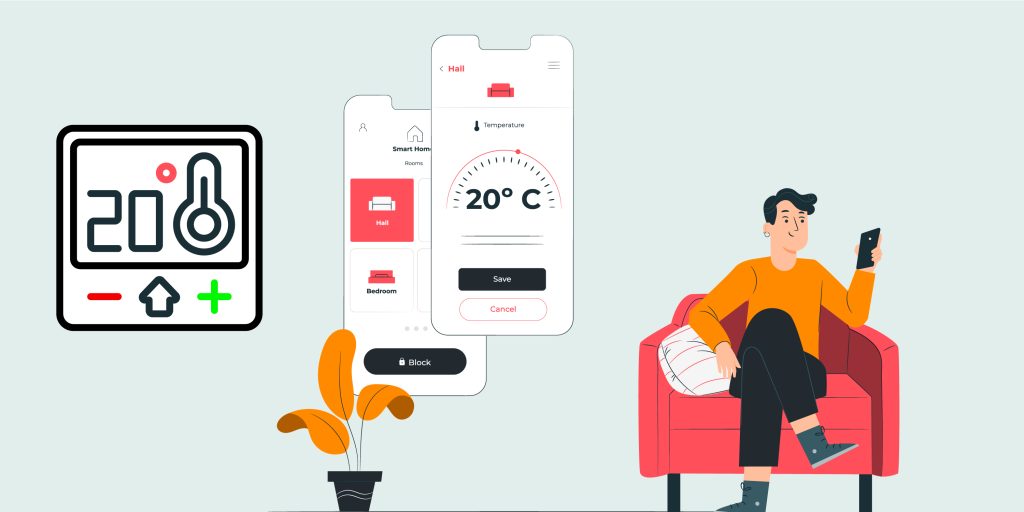
3. Unplug Devices Before Going to Bed
Unplugging devices before going to bed is a simple and effective way to save energy and reduce your electricity bill. Many devices and appliances, such as TVs, computers, chargers, and kitchen appliances, continue to consume energy even when they’re turned off or in standby mode. This is known as “standby power” or “vampire power”, and it can add up to a significant amount of wasted energy and money over time.
By unplugging devices before going to bed, you can eliminate standby power consumption and save energy. This is especially important for devices that are not used regularly, such as spare chargers or appliances that are only used occasionally.
In addition to saving energy, unplugging devices can also improve their lifespan and reduce the risk of electrical fires. Over time, electronic devices can suffer from “phantom loads” caused by fluctuating voltages in the power supply. Unplugging devices can prevent these voltage fluctuations and extend their lifespan.
To make unplugging devices easier, you can use power strips or smart power outlets that allow you to turn off multiple devices at once. Some power strips even have a timer or a motion sensor that automatically turns off devices when they’re not in use.
It’s also important to remember that some devices, such as refrigerators, should not be unplugged as they need to run continuously. Make sure to check the manufacturer’s instructions before unplugging any appliance.
4. Upgrade to LEDs
When you replace a 100-watt incandescent bulb with a 12-watt LED bulb, you instantly save a whopping 82% energy on the switch from the get-go. LEDs even shine brighter than incandescent light globes and last almost forever! As they emit brighter lights without giving off a lot of heat in the process, it’s a much better option to use every day.
In the context of the example, if you replace even about a total of 7 bulbs around the house (considering a small family), then you will save a total of 574 watts of energy which is astounding considering the cost of replacement. Both businesses and private residences could benefit tremendously if they decided to upgrade to LEDs.

5. Make A Conscious Effort and Turn off Unused Devices
A lot of us have the habit of leaving the room without turning off the fan. Can’t speak for anyone else, but I’m definitely guilty of this. If you make the conscious effort to turn off devices and appliances after you are done, you will be surprised to find out how much energy is saved at the end of the quarter.
There are many smart devices found online today to even help you remind such petty things as turning off the light or fan and shutting the fridge door.
6. Incorporate Renewable Energy Sources
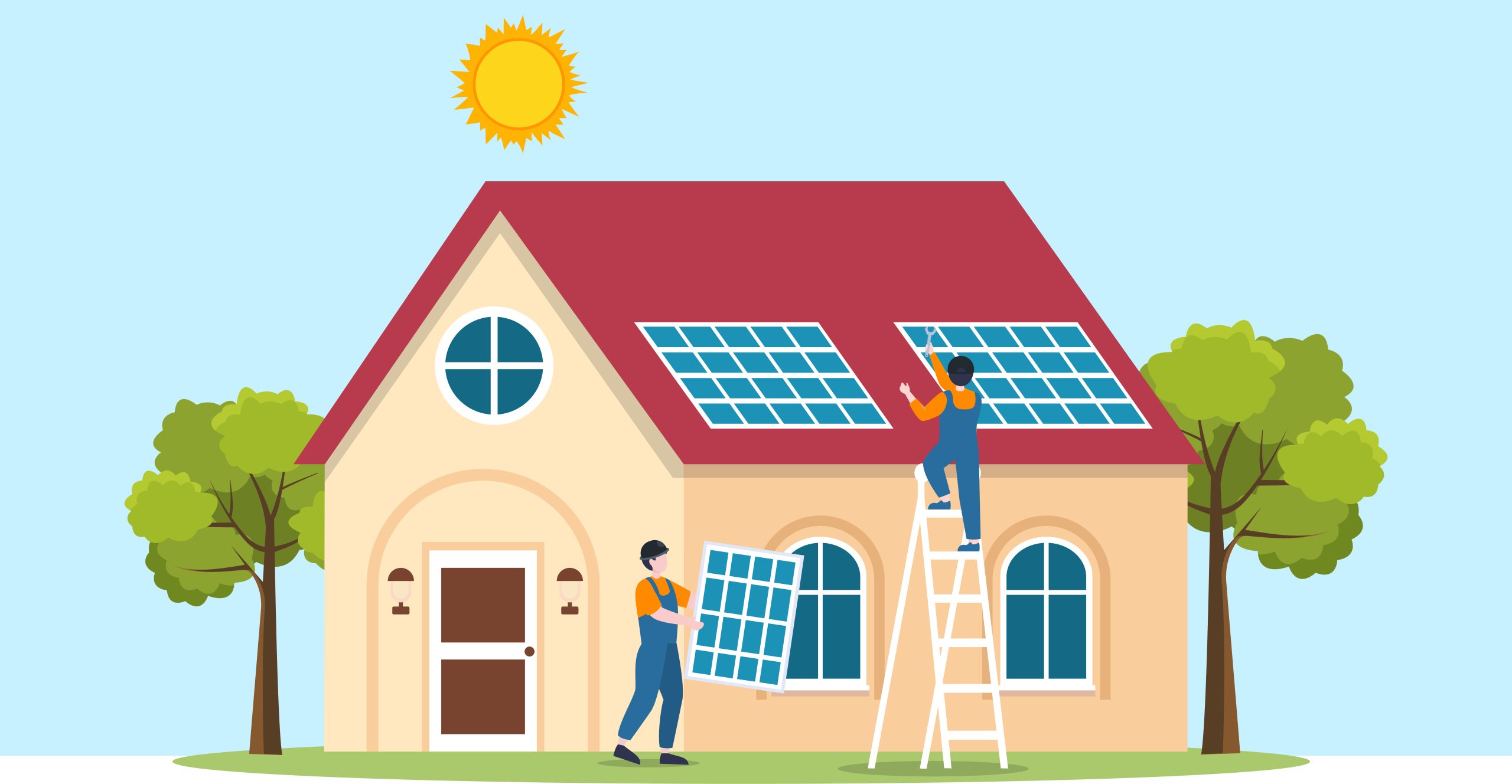
7. Consider Adding Battery Storage Units
When you already have incorporated renewable energy sources into your house energy supply chain, consider adding battery storage units. Yes, not denying the fact that batteries have a higher upfront cost, but the return on investment is also massive.
Sometimes, situations occur when your solar system might have produced a lot of energy at a go, but you had to send it back to the grid, whereas you could have saved it in battery storage to use it later on. Importing energy from the grid at peak hours is very expensive in comparison to using energy from a battery which is free.
Solar batteries are popular amongst many residents now because of their huge availability and falling prices. Check out this link to have your own battery storage unit today.
8. Gardening Might Help
Yes, you read that correctly. Gardening, even in a small proportion, can contribute to saving energy. You see, plants, even herb-like house plants, tend to cool the house down in summer and trap the heat in winter. This small yet amazing change will not only add aesthetically pleasing looks but also serve a purpose.
9. Future-proof Now and Make Small Fixes Around the House
Future-proofing your house is the best approach to saving as much energy as possible. That includes many steps like adopting renewable energy sources, adding batteries, design fixes to add as much natural light possible, fixing holes and leaks to trap heat, adding more insulation material in the walls etc.
Some of the bigger changes might not be an option for renters, but small fixes around the house will make your life a much smoother sail. For instance, fix any holes that might be costing your house more to heat up.

10. Self-education and Awareness
Last but not least, being self-aware is the key to all the tricks and tips. You know your energy consumption patterns and the needs of the household better than anyone else. If you set some ground rules to follow and make some small tweaks and upgrades, your home can be an energy-efficient temple.
As promised, those were the top 10 ways to conserve energy in Australia in 2023. On top of the 10 brilliant ways, here are some additional tips to save energy in the long run-
Pro Tips –
- Run cold cycles in the washing machine while washing clothes to save energy on water heating. Although, with a heat pump water heater, the cost comes down a lot anyway.
- Consider carpooling with friends and family if possible. This point is especially beneficial for those who own an electric vehicle.
- Whenever you use the washing machine or the dishwasher, try to wash a full load. This way, you won’t have to run frequent cycles and save energy.
- If it’s a new house, prioritise insulation to trap heat in winter and save on energy bills.
- Try and avoid using heavy loads of power during peak hours as the energy prices surge tremendously in those hours. The Peak Demand Reduction Scheme (PDRS) incentivises those who follow the scheme. Learn more about it here.
